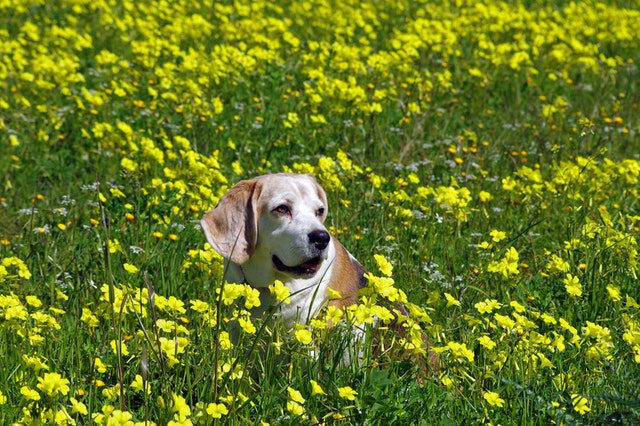
The everyday plants that are toxic to pets
Plants are one of our favourite home and garden accessories – they’re great for our mental health and we love to pretty up our indoor and outdoor spaces with luscious greenery and blooms. But some of the most popular and common varieties may be dangerous to our furry and feathered friends.
Dr Teagan Lever, head veterinarian at Pet Circle, says there are many plants that are potentially toxic to pets. Here are some you should look out for.
Sago palm
Dr Lever and her peers at Pet Circle Vet Squad, find sago palm (Cycas revoluta), commonly behind plant toxicity in pets. “They have these little seeds and nuts that are quite appealing to dogs to pick up and chew,” she says. When ingested, these can cause liver failure.
Tulips and daffodils
All parts of tulips and daffodils contain toxic substances but the bulbs contain the most, Dr Lever says. Ingestion can cause a spectrum of problems from vomiting and diarrhoea through to convulsions and heart problems, depending on the amount of bulb consumed, she says.
Oleander
Eating any part of Nerium oleander can cause cardiac problems, heart arrhythmia, dangerously low blood pressure and even heart failure, Dr Lever says.
Azaleas
Consuming azalea plants can cause a range of different symptoms from vomiting and diarrhoea through to heart problems, tremors and seizures, depending on how much the pet ingests, she says.
Lilies
“Even just a bit of lily pollen groomed off the fur, or a little bit of a leaf chewed can cause health problems, [including kidney failure] in cats,” Dr Lever says. A large genus, those of concern include Liliums and Hemerocallis fulva (daylily).
Yesterday, today and tomorrow
Dr Mark Perissinotto, head veterinarian, chief executive and founder of VetShop Australia, says Brunfelsia latifolia accounts for most visits to the vet for toxic plant ingestion – mainly for dogs. All parts of the shrub are poisonous.
Philodendrons
A large plant genus, philodendrons include elephant ears and fruit salad plants. The leaves contain calcium oxalate which causes intense oral irritation and potentially vomiting, Dr Lever reveals.
Cyclamen
A winter flowering plant popular as a pot plant, the roots and tubers of Cyclamen are toxic, Dr Lever warns.
Many common fruit and vegetables can harm our pets too, Dr Perissinotto says. They can consume these from our gardens or food we’ve given them. Problem edibles include grapes, rhubarb, avocados (particularly the skin, seed and leaves), unripe tomatoes, green potatoes, and any part of the potato or tomato plant, he says.
While okay for humans, onions and garlic are toxic to cats, dogs and chickens. “Cats are more susceptible than dogs, but dogs are most likely to eat onion,” he adds.
Some nuts, including macadamia, can cause gastric upsets like diarrhoea and vomiting, he says.
Stone fruit trees are a potential hazard if pets – dogs are more likely to be the victims – consume the pip with the fruit. This can cause a blockage in their intestinal tract, Dr Perissinotto warns. Mango and persimmon seeds are common culprits.
Pet chickens should also avoid most of the above foods.
How common is poisoning from garden plants?
“Most dogs and cats won’t eat these things,” Dr Perissinotto reassures. “As vets, we see the ones that do, so there is a percentage out there that will.” Fortunately, most pets won’t eat enough of a poisonous plant to kill them.
Source: domain.com.au/living/